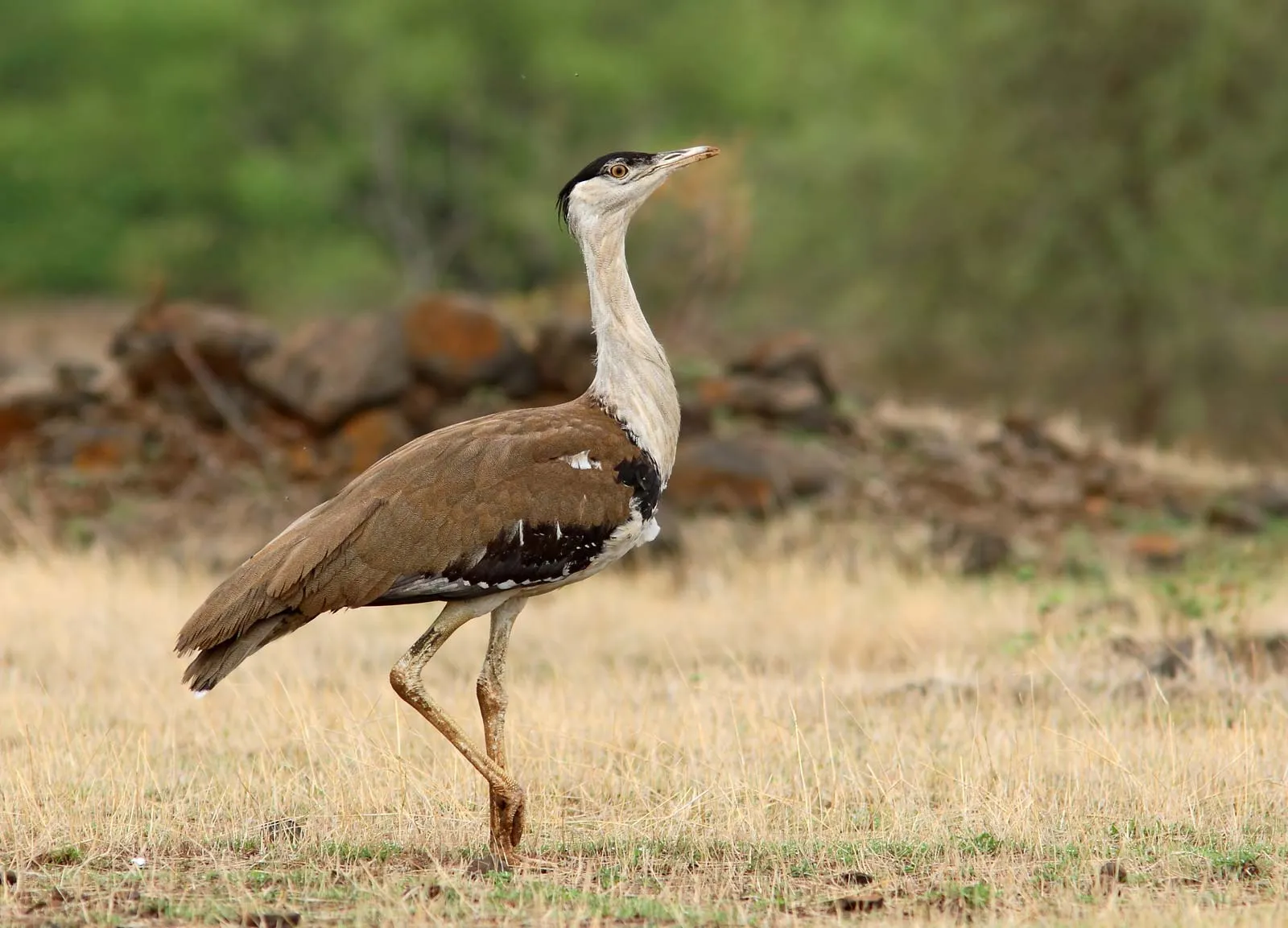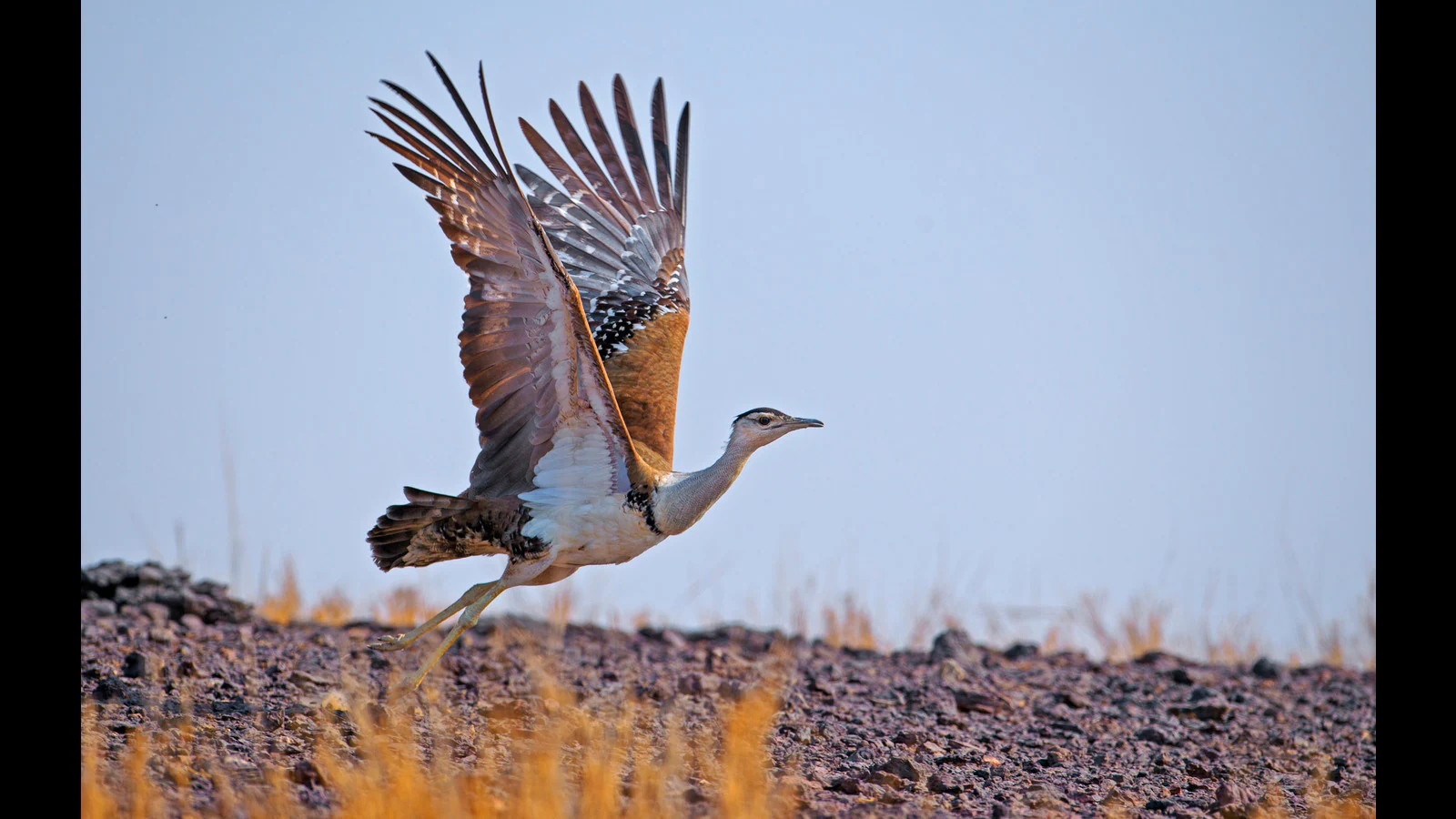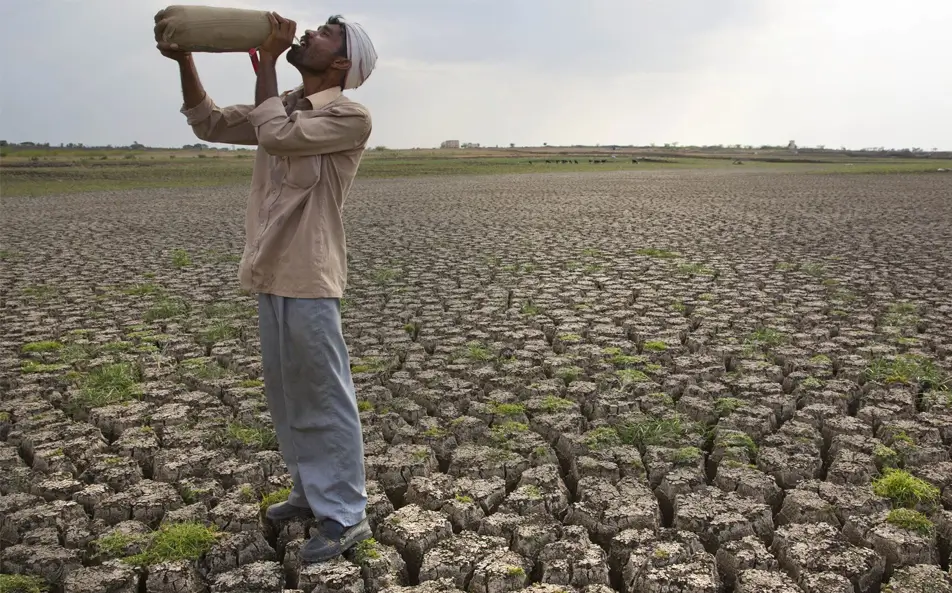
The United Indian

Most of us must all have already read about endangered species, extinct species, isn’t it?
Whenever I used to study about these topics as a kid, I used to wonder what if the dinosaurs were still alive or suddenly, one day we come to know that none of the tigers is left.
Did you also have any similar thoughts?
Wildlife provides balance and stability to nature’s processes and is the backbone of the world’s ecosystems. However, with growth and development, natural resources are being consumed faster than ever, thus endangering the habitats and existence of various types of wildlife around the world. Considering the importance of wildlife in nature, it becomes extremely important to preserve our rich biodiversity. Wildlife conservation ie the practice of protecting plant and animal species and their habitats, plays a pivotal role in sustainable development.
One such species that needs attention in the Indian context is the Great Indian Bustard, which is mainly found in Rajasthan and Gujarat. Great Indian Bustards (GIBs), locally called Godawan, are the state bird of Rajasthan and are considered India’s most critically endangered bird species. As per the 2021 report of the International Union for Conservation of Nature (IUCN), they are on the verge of extinction with hardly 50 to 249 alive.
Significance of GIB
Great Indian Bustards (GIBs) are the state bird of Rajasthan, India, and are locally called Godawan. They are the largest among the four bustard species found in India. The heaviest flying bird, Bustards, are tall birds with long legs and necks. The male bustards weigh between 24-42 pounds (11-19 Kg), while the females are roughly half the size of the males. They feed on grass seeds, insects like grasshoppers and beetles, and sometimes even small rodents and reptiles; hence are important for the ecological food chain.
GIBs are considered the flagship bird species of grassland and hence barometers of the health of grassland ecosystems. As per recent statistics, Desert National Park in Rajasthan has around 122 birds.
The Threats
Among the biggest threats to the GIBs are overhead power transmission lines. Due to their poor frontal vision, the birds can’t spot the power lines from a distance and are too heavy to change course when close. Thus, they collide with the cables and die.
Hunting & habitat degradation are the other immediate threats to the species’ survival. Ecologists have estimated that approximately 90 percent of the species’ natural geographic range. These activities, combined with the species’ low fecundity and the pressure of natural predators, have left the great Indian bustard in a precarious position.
As a result of widespread agricultural expansion and mechanized farming, infrastructural development such as irrigation, roads, and electric poles, as well as mining and industrialization.
Moreover, the species’ low fecundity and the pressure of natural predators, have left the great Indian bustard in a precarious position.
What is Project GIB?
The idea began with a PIL filed by conservationist M K Ranjitsinh, who had sought SC intervention to stem the dwindling of the population of GIB in their core habitats in Gujarat & Rajasthan. Interestingly, Rajasthan chief minister Ashok Gehlot launched ‘Project GIB’ in the state on 5th June 2013, however, the 11-point conservation modalities listed in it did not mention GIB mortality due to collision with the transmission. Hence an intervention by SC was requested.
Seeing the criticality of the situation, SC suggested "Project GIB" to save the Great Indian Bustard on the lines of Project Tiger. Under the project guidelines, state governments have been instructed to convert overhead electric cables into underground power cables, wherever feasible, and install bird diverters in priority areas where the birds live.
The top court had also set up a three-member committee comprising of comprises scientists Rahul Rawat, Sutirtha Dutta, and Devesh Gadhavi, deputy director of Corbett Foundation to assess the feasibility of laying high-voltage underground power cables.
Other Programmes
Some of the other programmes that are operating for the purposes are
1. Species Recovery Programme:
The species has been registered under the species recovery programme under the Integrated Development of Wildlife Habitats of the Ministry of Environment, Forests and Climate Change (MoEFCC). The MoEFCC has also founded a program called 'Habitat Improvement and Conservation Breeding of Great Indian Bustard-An Integrated Approach' with the objective to create a confined population of Great Indian Bustards and release the chicks in the wild, thereby causing their population to increase.
2. Conservation Breeding Facility:
MoEF&CC, the Rajasthan government and the Wildlife Institute of India (WII) have established a conservation breeding facility in Desert National Park at Jaisalmer in June 2019 with the objective to build up a captive population of Great Indian Bustards.
3. Eco-Friendly Measures: Task Force for suggesting eco-friendly measures to mitigate impacts of power transmission lines and related infrastructures on the Great Indian Bustard.
4. Efforts by WWF-India: The organization has provided inputs in developing the ‘Guidelines for the State Action Plan for Resident Bustard Recovery Programme’. It also aims at raising awareness about the declining populations and highlighting the importance of implementing a focused bustard conservation programme at the national level. WWF-India, is undertaking initiatives toward the conservation of GIB in and around Desert National Park.
Conclusion
Authorities are trying to identify the bustard mating grounds and fencing them to avoid their poaching, thereby letting their numbers increase before they go extinct. Also, they have been offered proper breeding compartments outside the protected areas. Further actions like intensive patrolling by field staff, local intelligence network, and consolidating the current wireless network are sure to help. Habitat conservation by designating certain bird-exclusive zones impermeable to human interference, limiting anthropogenic pressures, Enriching the habitat by introducing plants like Lasiurus Sindicus (Sewan grass), and adding amenities like water gazellers, Farmer and local incentive programs for information sharing and species conservation along with involving locals in ecotourism and eco-development initiatives if implemented effectively can deliver the desired results.
References
- - https://education.nationalgeographic.org/resource/wildlife-conservation
- - https://www.wwfindia.org/about_wwf/priority_species/threatened_species/great_indian_bustard/
- - https://india.wcs.org/Programmes/Great-Indian-Bustard
Read more in Environment
Oct 22, 2024
TUI Staff
Sep 10, 2024
TUI Staff

Stay Tuned with The United Indian!
Our news blog is dedicated to sharing valuable and pertinent content for Indian citizens. Our blog news covering a wide range of categories including technology, environment, government & economy ensures that you stay informed about the topics that matter most. Follow The United Indian to never miss out on the latest trending news in India.
©The United Indian 2024











